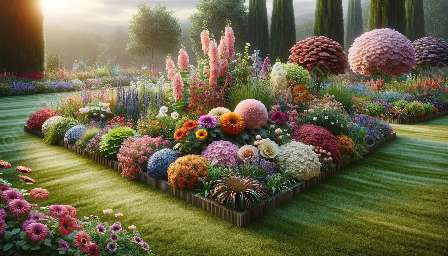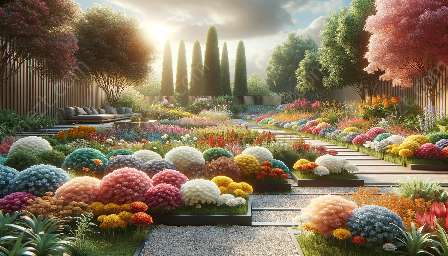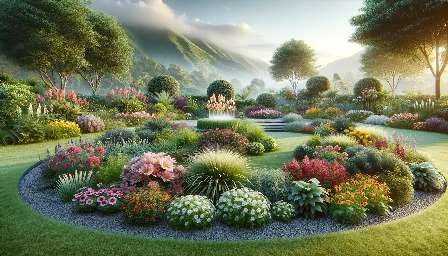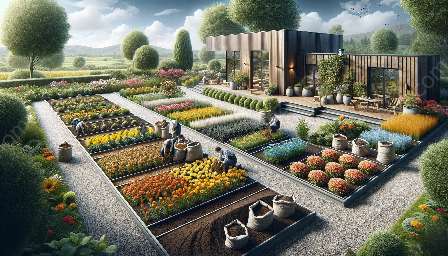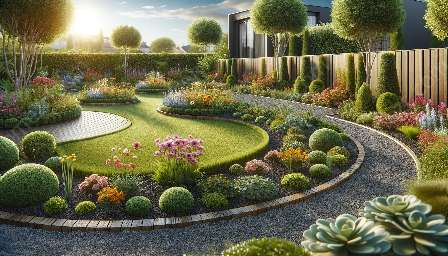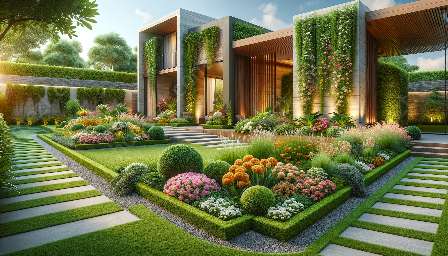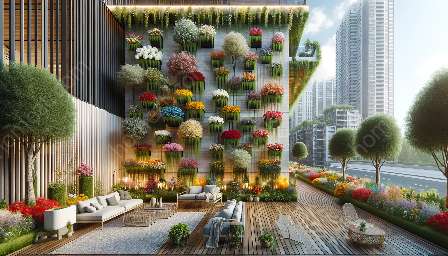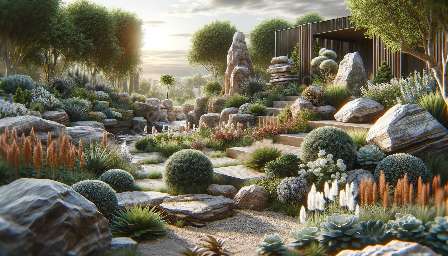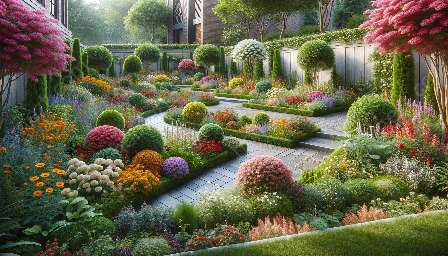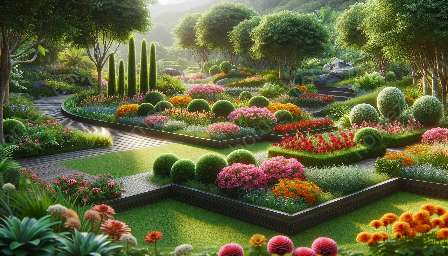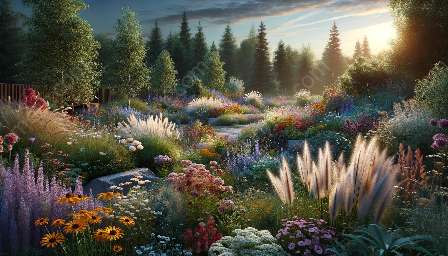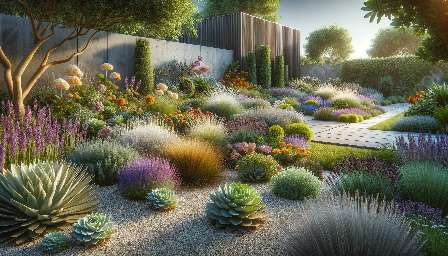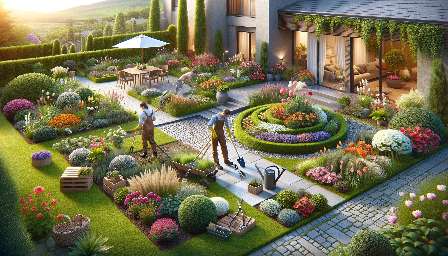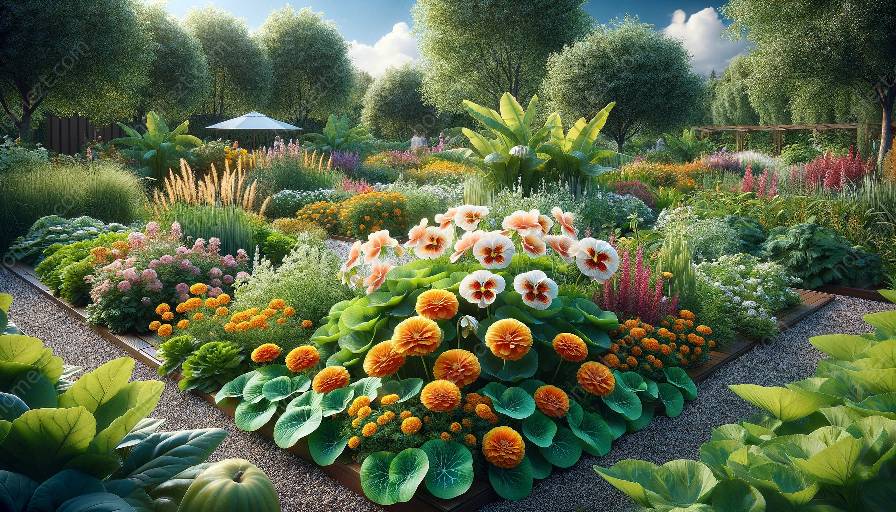As the trend of sustainable and functional gardening continues to rise, edible flower beds offer a unique combination of aesthetic appeal and practicality. In this comprehensive guide, we will explore the concept of edible flower beds, their compatibility with flower bed design principles, and how to incorporate them seamlessly into your gardening and landscaping projects.
Understanding Edible Flower Beds
Edible flower beds are a delightful integration of ornamental flowers and edible plants, creating a visually stunning and productive garden space. The concept goes beyond traditional flower beds by introducing elements of sustainability and culinary versatility. By strategically incorporating edible flowers into your landscaping, you can elevate both the visual and edible appeal of your outdoor space.
Harmonizing Edible Flower Beds with Flower Bed Design
Integrating edible flowers into your flower bed design requires careful consideration of aesthetics, functionality, and plant compatibility. Embracing the principles of color harmony, height variation, and seasonal blooming, you can artfully blend edible flowers with other ornamental plants to create a cohesive and visually captivating floral display. Additionally, selecting companion plants that support the growth and well-being of edible flowers is crucial in ensuring a flourishing and balanced flower bed.
Cultivating Edible Flowers in Your Garden Landscape
Growing edible flowers in your garden presents an exciting opportunity to add new dimensions to your culinary endeavors while enhancing the natural beauty of your landscape. Whether you have limited space or extensive garden areas, you can experiment with planting edible flowers in designated beds or integrating them with existing flower beds to introduce a touch of edible elegance to your outdoor space.
Choosing Edible Flowers
When selecting edible flowers for your garden landscape, consider factors such as taste, fragrance, and visual appeal. Popular edible flowers such as nasturtiums, calendula, and borage offer a diverse range of colors and flavors, adding both visual interest and culinary value to your garden.
Caring for Edible Flower Beds
Proper maintenance and care are essential for the successful growth of edible flower beds. Providing adequate sunlight, water, and organic nutrients will promote healthy growth and abundant flowering. Additionally, regular monitoring for pests and diseases is crucial to ensure the vitality and longevity of your edible flowers.
Embracing Sustainable Practices
Integrating edible flower beds into your gardening and landscaping projects aligns with sustainable practices, promoting a closer connection between food production and ornamental gardening. By cultivating edible flowers, you contribute to creating a more eco-friendly and self-sufficient living environment while enhancing the visual allure of your outdoor space.
Conclusion
Edible flower beds offer a harmonious blend of beauty, functionality, and sustainability, making them an appealing addition to any gardening and landscaping endeavor. By understanding the principles of edible flower beds, their compatibility with flower bed design, and the cultivation techniques, you can cultivate a bountiful and visually captivating garden landscape that nourishes both the body and the soul.

